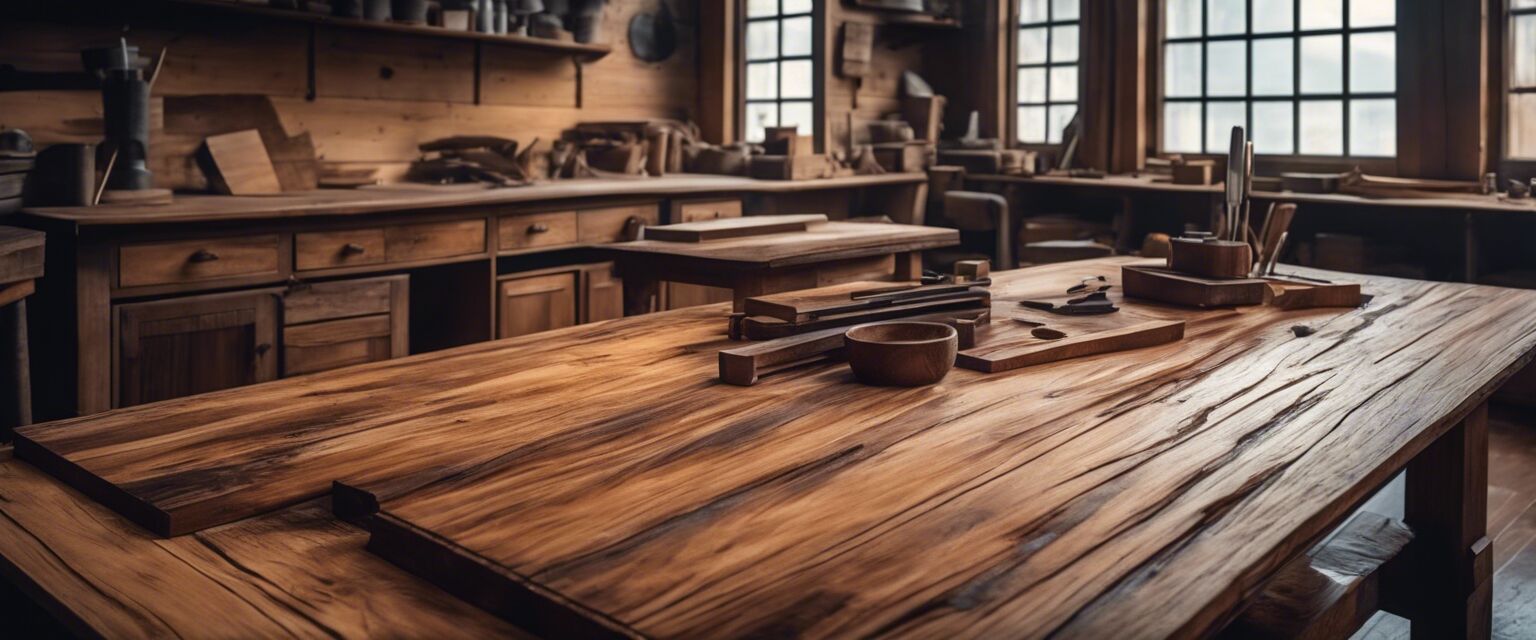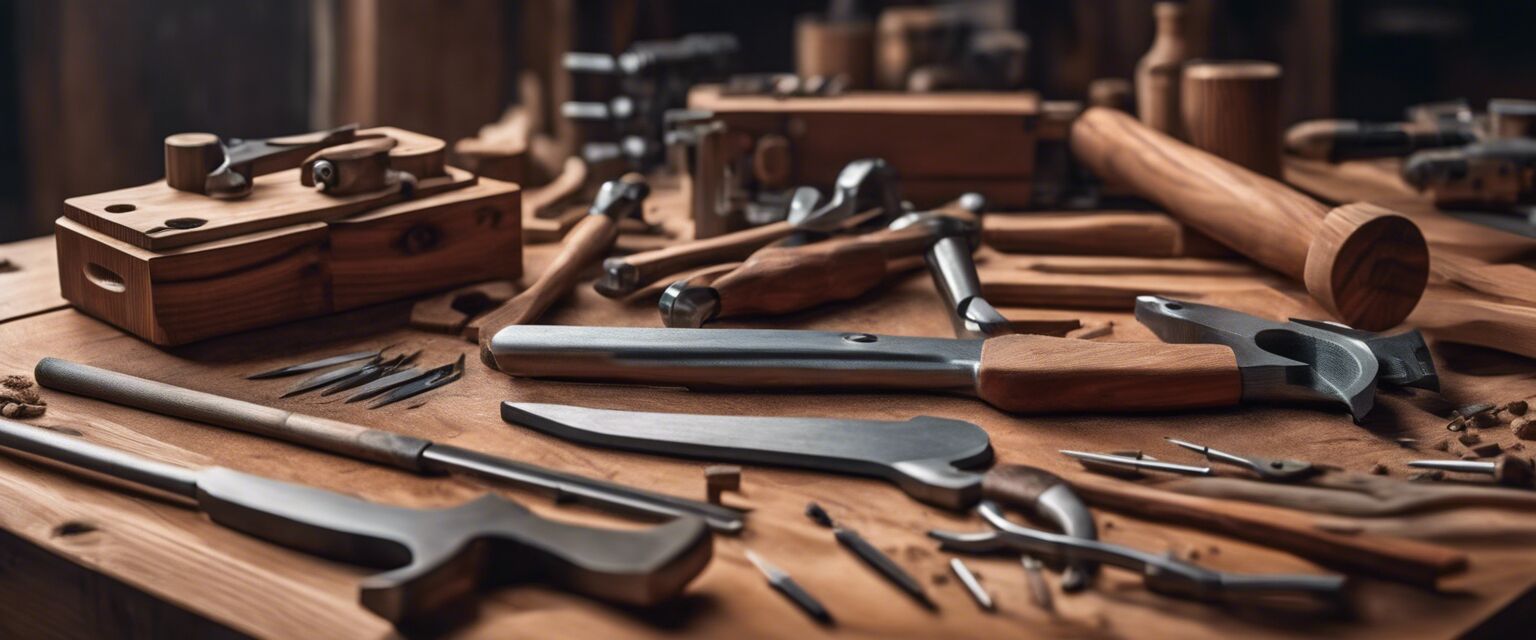
Woodworking Plans and Blueprints
Key Takeaways
- Woodworking plans are essential for successful DIY projects.
- Blueprints provide detailed instructions and dimensions for building.
- Choosing the right plan can save time and resources.
- Resources for finding plans include websites, books, and online communities.
Woodworking is a fulfilling hobby that allows you to create beautiful, functional pieces from raw materials. However, to achieve great results, having the right woodworking plans and blueprints is crucial. This article will guide you through the importance of these resources, where to find them, and how to effectively use them in your projects.
Why You Need Woodworking Plans
Woodworking plans serve as a roadmap for your projects. They provide a visual representation and detailed instructions to ensure that you build your project accurately. Here are some reasons why you should use woodworking plans:
- Guidance: Plans help you understand the steps needed to complete your project.
- Precision: They provide exact measurements, reducing the risk of errors.
- Time-saving: Having a clear plan can significantly speed up the building process.
- Material management: Plans help you list the materials required, preventing wastage.
Types of Woodworking Plans
There are various types of woodworking plans available, catering to different skill levels and project requirements. Below are some common types:
| Type | Description | Skill Level |
|---|---|---|
| Beginner Plans | Simple projects such as birdhouses or small shelves. | Beginner |
| Intermediate Plans | More complex projects like tables or cabinets. | Intermediate |
| Advanced Plans | Challenging designs such as intricate furniture. | Advanced |
Where to Find Woodworking Plans
Finding the right woodworking plans can be overwhelming. Here are some reliable resources to explore:
- Online woodworking stores often offer downloadable plans.
- Woodworking blogs and forums provide free resources and community support.
- Books on woodworking plans can be found at local libraries or bookstores.
- Social media groups dedicated to woodworking often share valuable plans.
Understanding Blueprints
Blueprints are detailed drawings that illustrate the specifications of a woodworking project. They include dimensions, materials, and assembly instructions. Understanding how to read blueprints is vital for any woodworker. Here are the components you should know:
- Scale: The ratio of the drawing to the actual size.
- Dimensions: Measurements indicating the size of each component.
- Materials List: A list of all materials needed for the project.
- Assembly Instructions: Steps showing how to put the pieces together.
Tips for Reading Blueprints
Beginner's Section
- Start by familiarizing yourself with the symbols used in blueprints.
- Practice reading simple blueprints before tackling complex designs.
- Use a ruler or scale to visualize measurements accurately.
- Ask for help from experienced woodworkers if needed.
Creating Your Own Plans
Once you gain confidence in woodworking, you might want to create your own plans. Hereâs how to get started:
- Choose a Project: Decide what you want to build.
- Sketch Your Idea: Draw a rough sketch of your design.
- Measure and Scale: Determine the dimensions and scale your plan.
- Detail Your Plan: Include a materials list and assembly steps.
Common Mistakes to Avoid
When working with woodworking plans, certain pitfalls can lead to frustration. Here are some mistakes to avoid:
- Neglecting to read the entire plan before starting.
- Not double-checking measurements before cutting.
- Using incorrect materials that don't match the plan specifications.
- Rushing through the project, leading to poor quality work.
Using Technology in Woodworking
In today's digital age, technology can enhance your woodworking experience:
- CAD software can help create detailed plans and blueprints.
- 3D modeling tools allow you to visualize your project before building.
- Mobile apps can assist with measurements and tool tracking.
Conclusion
Woodworking plans and blueprints are essential tools that can help you create amazing projects. By understanding their importance and utilizing the right resources, you can enhance your woodworking skills and enjoy this rewarding hobby. Whether you are a beginner or an experienced carpenter, having a clear plan will ensure your success.
Pros
- Provides clear guidance for projects.
- Helps in managing materials and costs effectively.
- Enhances learning and skill development.
- Inspires creativity and innovation in designs.
Cons
- Some plans may be overly complex for beginners.
- Quality and accuracy can vary between sources.
- Requires time and effort to find suitable plans.
Further Resources
For more information on woodworking projects, check out our other pages:












